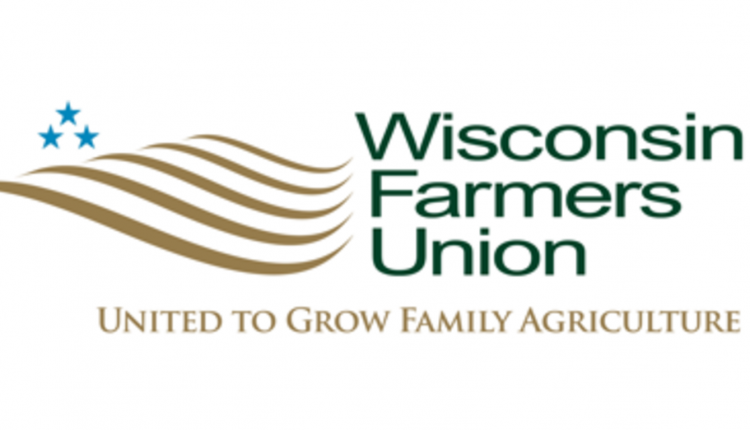The author and her husband, Duane, own and operate a 550-cow dairy in Cochranville, Pa.

My poor high school math teacher, may he rest in peace. I don’t remember his name, but I can picture him wearing a black suit with a skinny black tie to match his body frame; his thick-rimmed glasses that were way before their time; and every hair in place, matching his equation expectations. I remember the tilt of his head, his deep sigh, and the look on his face when he called on me, who, once again, was not getting it. Math class was never really my thing.
The problem may have been that I did not want to agree with him. I did not want to concede that one plus one equals two; rather, I wanted one plus one to creatively equal three or more.
It is a good thing too, because that mathematical creativity has come in handy with a career in dairy farming. More times than not, dairy farmers need to figure out how to amplify the assets. Dairy farming means that we have to take the one method we’re doing, add it to another method, and triple back the return.
Take our breeding program, for instance. We look at a heifer or cow and analyze her traits, take note of her strengths, and match her with a sire that will give us offspring that is stronger, more efficient, and more productive than the generations before her.
Improving genetics is one of the most amazing tools to raise profitability. The improvements that we have seen in the past decade make us more efficient, sustainable, and overall better stewards of our herds. When I look at our milk, fat, and protein levels and see where we are today compared to where we came from, I am amazed. It used to be rare that Holsteins held a fat level over 4%, but now that is common on a dairy. I anticipate that the bar will continue to rise.
We are not guaranteed a positive outcome with each breeding, but the opportunity is there and it has always been a goal to improve from one generation to the next.
The animals and the crops are good examples of multiplying benefits. We plant, nurture, and harvest our crops while the cows digest the feed. We have many uses for the animal that include dairy products, manure, and an array of other products after she retires from the milking barn.
Each year, Duane and I figure out how to get more out of our animals than the year before, and we certainly are not alone. Every farmer who milks cows looks at unique and new equations that will add to the bottom line.
Think about how milk itself has improved and multiplied into innovative products, ensuring that we are relevant to consumers and how they want to experience dairy. Years ago, we figured out how to find value in whey protein. Now, it is a hot ticket item for us both domestically and globally. Since then, dairy ingredients have become a valuable part of our milk marketing efforts and amplify our business. And it is not just in the large processing arena. Many farmers have figured out how to tap into the growing consumer market by adding value to their farm through artisan cheese, ice cream, or farmers markets.
I would also point out that these small-scale initiatives are important to people who normally would not have a chance to know a farmer. These relationships are priceless to the dairy world.
Of course, I have to mention manure and its strong example of how to get more out of less. My father used manure from the cows solely as fertilizer, spreading it onto the fields as nutrients, and that was the extent of the benefit.
Now, there are many manure technologies that farmers include on their dairy farms. These systems do not just benefit the farm but they also produce energy that contributes back to surrounding communities, either through electricity, compressed natural gas, or other revenue streams that contribute to a farmer’s bottom line.
It does not take a digester to make your manure add up to more, but in our case, it has been our focal point. Each year we add more to the system to be able to accommodate food waste in different and beneficial ways.
I know dairy farmers are not finished with multiplying equations, and in many ways, I feel like we are just getting started. Technology, innovation, and adoption of new ideas will keep us multiplying our assets on our dairy farms.
With the pace of artificial intelligence and technology, we need to keep creative streams moving. I do not anticipate this synergy will slow down, but rather will speed up in the next decade.
There is a reason my math teacher landed in school and not on a dairy farm. His exact expectations would not have worked on a dairy farm and I am afraid he would not have been happy with the outcomes. Thankfully, he is not still counting on me to add one plus one, because I know that dairy farming adds up to more than two.










